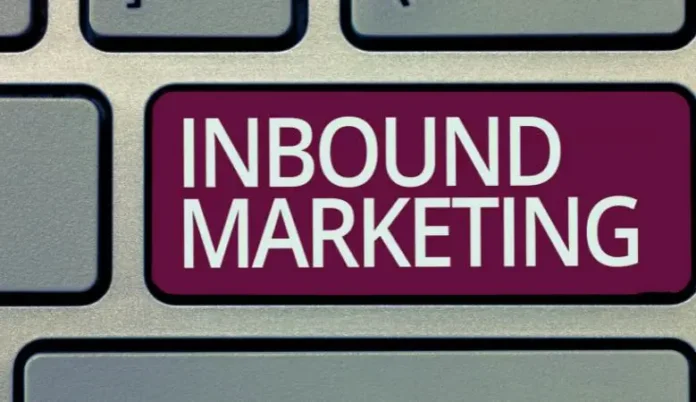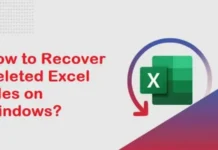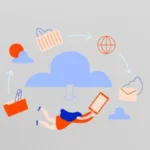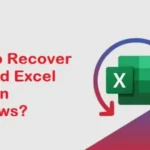In the B2B sector, where sales cycles are very long because customers have to make complex and important purchasing decisions, one of the best allies to achieve more conversions and increase ROI is to develop an inbound marketing strategy .
However, many B2B companies make the mistake of not properly adapting this type of marketing to their sector, implementing actions that are more typical of B2C that do not allow them to achieve the expected results.
So, before you throw in the towel with your inbound marketing strategy or if you haven’t started one yet, we want to tell you how you should orient it correctly so that you notice a real change in your performance. Take note because you are going to learn what you need to start an inbound marketing strategy for B2B companies.
Why is inbound marketing ideal for B2B companies?

Many companies claim that the content generated by their suppliers on different communication channels significantly influenced their purchasing decision. And this is the reason why many companies are taking the step and changing the focus of their marketing strategy.
Corporations that are adopting an inbound marketing strategy for B2B companies are noticing how they double their average conversion rate through the website and how they get 3 times more clients than with a traditional marketing strategy. For all these reasons, a well-implemented inbound marketing strategy for B2B companies also helps to increase the return on investment, especially if methods such as storytelling are implemented .
But beyond that, an inbound marketing strategy is ideal for B2B companies because corporations spend a lot of time and resources researching a product or service before purchasing it, analyzing each of its characteristics in this process before making a decision. This analysis phase is usually done online, so those brands that have taken care to offer quality information on their channels will be the ones that attract the most attention from organizations.
In addition, several professionals are involved in the decision-making process of companies, who must make a slow and thoughtful decision. In this sense, being able to access information on the Internet and study it carefully at their own pace is a plus that will help them strengthen their decision.
Key differences between B2B and B2C in digital marketing
There are many characteristics that differentiate a B2B marketing strategy from a B2C one . Knowing some of the most important ones will help you identify why you should implement the specific features of B2B inbound marketing and leave aside the advice that is usually given in B2C.
First of all, B2B inbound marketing is aimed at a group of decision-makers , who are in charge of making business decisions. In addition, these decision-makers are usually experts in the subject or are advised by experts. In contrast, a B2C strategy is usually aimed at individuals who do not usually have knowledge in the subject. This means that, for example, the content strategy for B2B has to use much more technical and highly-educated language .
On the other hand, B2B clients tend to be more objective , focusing on aspects such as profitability, investment and benefits. In other words, they are a type of client who will have to be spoken to with figures and data through a much less sentimental narrative, which will also be noticeable in B2B content strategies.
Finally, purchasing processes are much longer in B2B and there is a greater risk of the lead abandoning before becoming a customer. This means that an inbound marketing strategy for B2B companies has to be much more precise to avoid leaks. For all these reasons, focusing on B2C inbound marketing strategies when you are a B2B company is not at all advisable, as it is as if we were talking about substantially different methodologies.
Key elements of an inbound marketing strategy for B2B
As a reminder, inbound marketing is a strategy that consists of attracting customers in a subtle and organic way , offering them valuable content through digital channels. Therefore, the basis of any inbound marketing strategy is to increase customers’ awareness and interest in the brand in order to attract qualified leads. However, that is just the beginning, as the inbound methodology can be applied to the entire purchasing cycle, including the loyalty stage.
Below, we explain the three key elements that cannot be missing if you want to increase ROI with inbound marketing and create a truly effective strategy.
Creation of specialized and educational content
As we have said, content creation is the basis of any inbound marketing strategy. However, if we are talking about the B2B field, it is important to share highly specialized content with an educational intention if we want it to attract, convince and retain companies. In addition, it is important that this content (which can range from blog articles and social media posts to ebooks and webinars, among others) demonstrates the company’s expertise in order to differentiate itself from the competition.
It should not be forgotten that these contents must be very objective and transmit data through elaborate storytelling and even through graphics.
Finally, when we refer to educational content we also refer to the publication of texts that guide users to use the tool we are trying to sell, since in many cases it requires prior learning.
Using automation tools for lead nurturing
In an industry where sales cycles are so long, email marketing automation and everything that has to do with personalized content keeps leads in contact with the brand and does not forget it, thus reducing the abandonment rate. And not only that, this type of automated actions helps to shorten the sales process, as it promotes faster decision-making.
In the loyalty phase, these automation tools will also help you build long-term relationships by sending relevant content.
Implementation of lead scoring and advanced segmentation strategies
It is very important that you choose automation tools that allow you to make precise segmentation adapted to your needs, whether by industry, position of the person or size of the company, among others. In addition, it is also interesting that you implement automation in terms of lead qualification so that the sales team only spends time on those potential clients who are most likely to convert. In automation platforms, you can even develop notifications to be activated when a lead shows a clear interest in your products or services.














